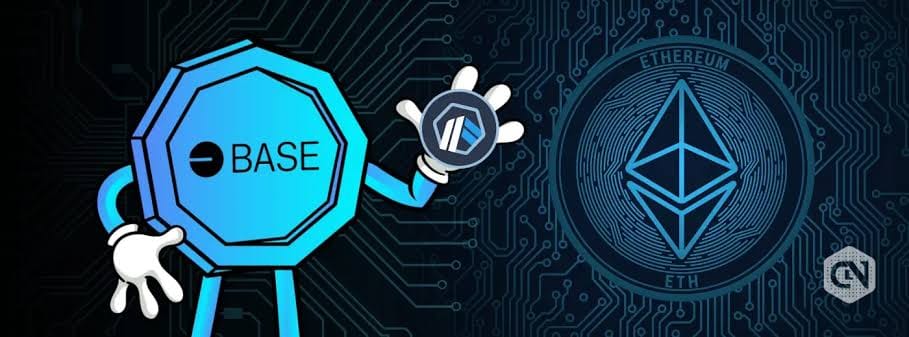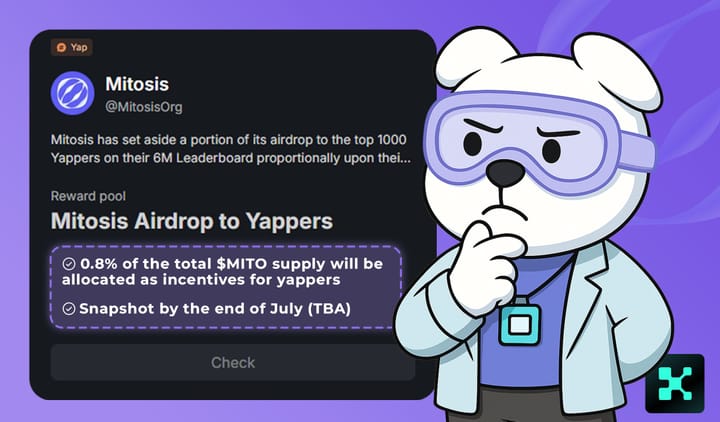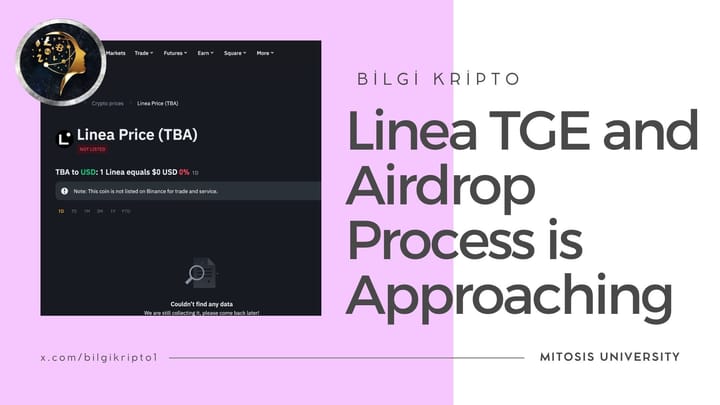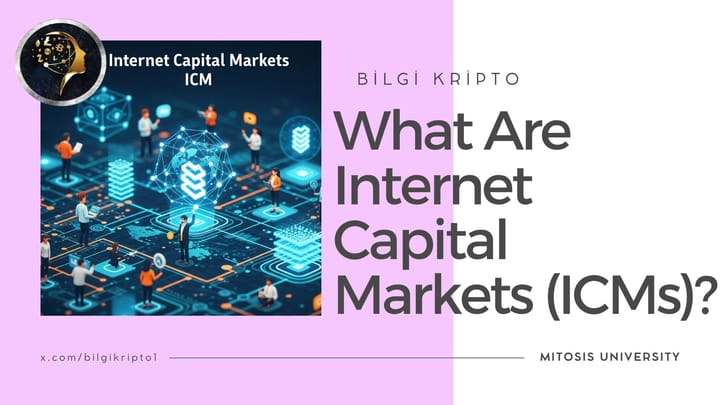Layer‑2 Liquidity Wars: From Base to Arbitrum Nova Liquidity Metrics • Incentive Strategies • UX & Onboarding

Introduction
Layer‑2 (L2) solutions promise faster, cheaper Ethereum transactions. Two rising stars are Coin bases L2 powerhouse, and Arbitrum Nova, Optimism’s lightweight chain for gaming and microtransactions. But which network truly attracts liquidity, rewards users best, and makes onboarding a breeze?
In this article, we’ll:
- Compare liquidity metrics, TVL, trading volume, and active users.
- Review incentive strategies, from pop‑up “Pops” to retro airdrops and on‑chain seasons.
- Evaluate UX & onboarding, bridging and wallet setup for non‑tech audiences.
By the end, you’ll know which L2 is winning the liquidity war, and why it matters for your DeFi activity.
1. Liquidity Metrics
| Metric | Base | Arbitrum Nova |
|---|---|---|
| TVL | $6.3 billion | $0.65 million |
| Daily Txns | ~4 million | ~8 thousand¹ |
| Daily Active Users | >1 million | ~440 users² |
| DEX Volume (24 h) | $250 million³ | $564⁴ |
- TVL: Base’s Total Value Locked sits near $6.3 billion, making it one of Ethereum’s top L2s nulltx.com. By contrast, Arbitrum Nova’s TVL is under $1 million, reflecting its niche focus on low‑value, high‐speed use cases defillama.com.
- Transactions & Users: Base processes over 4 million transactions daily, with more than 1 million daily active addresses, outpacing all other L2s and even rivaling Ethereum’s L1 activity insights.blockbase.cocoinmarketcap.com. Nova handles roughly 8k transactions per day and under 500 daily users, consistent with a gaming‑oriented “micro‑tx” network defillama.com.
- Trading Volume: Base’s DeFi hubs (Uniswap, Aerodrome) push hundreds of millions in daily volume. Nova’s total DEX volume lingers near $564, just enough to support small trades and in‑game economies defillama.com.
Bottom line: Base dominates core DeFi activity, while Nova caters to very light, frequent transactions, ideal for gaming or social apps but unlikely to rival Base’s deep liquidity.
2. Incentive Strategies
Base’s Approach
- Aerodrome Rewards: Base’s native DEX launched “Aerodrome,” distributing rewards to liquidity providers via periodic farming campaigns, sparking $670 million in Aerodrome TVL within months cointelegraph.com.
- DAO Seasons: Similar to Optimism’s “Superchain Seasons,” Base has hinted at seasonal rewards tied to ecosystem growth, though details remain in community forums.
Arbitrum Nova’s Tactics
- Low‑Fee Model: Nova replaces hefty gas fees with a flat, minimal fee, attracting users without explicit token incentives.
- “Pops” Events: Occasional “Pop‑up” airdrops for active addresses, rewarding early adopters. But these are small (tens to hundreds of dollars) and sporadic.
Retroactive Airdrops & “Seasons” Critique
- Retro Airdrops: Arbitrum One’s ARB drop in 2023 rewarded historic bridgers—fueling adoption. Nova has yet to match that scale.
- Seasons: Optimism’s seasonal rewards (OP Mainnet Superchain) transparently publish metrics and allow community voting on allocations, boosting trust. Base and Nova need clearer “season” frameworks to sustain long‑term engagement.
Takeaway: Base leans on high‑profile farming (Aerodrome) and integration with Coinbase to drive liquidity. Nova’s minimal‑fee, “pop” model is more modest, suiting its micro‑tx niche. For large‑scale DeFi users, Base’s richer, recurring incentives win.
3. UX & Onboarding
| Step | Base | Arbitrum Nova |
|---|---|---|
| Bridging | Native Coinbase Bridge—fiat on‑ramp, zero click | Arbitrum Bridge—simple, but requires ETH gas |
| Wallet Setup | Coinbase Wallet integrated; 1‑click create | Any EVM wallet; gas‑free Nova wallet optional |
| Gas Abstraction | Gas paid in any ERC‑20; meta‑transactions supported | Built‑in “AnyTrust” gas minimization |
| Non‑Tech Flows | In‑app fiat purchases; phone‑number sign‑up | Mostly crypto‑first; few on‑ramps |
- Bridging: Base’s bridge is embedded into Coinbase’s UI, letting users move funds from fiat to L2 in a few taps—no manual network switches cointelegraph.com. Nova relies on the standard Arbitrum Bridge, which is straightforward but presumes users already have ETH on L1.
- Wallet Setup: Base auto‑provisions a self‑custodial wallet when you install the Coinbase Wallet app—no seed‑phrase juggling. Nova supports most popular EVM wallets; a gas‑free Nova Wallet plugin exists, but it’s a separate download.
- Gas Abstraction: Base’s meta‑tx system and payment-in-ERC‑20 let even non‑technical users avoid buying tiny ETH amounts. Nova’s “AnyTrust” model keeps fees under $0.10, but users still need some ETH for bridging.
- Non‑Tech Flows: Base integrates tightly with fiat rails and KYC flows, welcoming new users. Nova focuses on crypto‑native apps (gaming, social), so off‑ramp options and fiat on‑ramps are limited.
Verdict: For non‑tech audiences, Base offers a far smoother ride, especially for newcomers. Nova serves well for apps where minimal fees and speed matter most, but its onboarding steps remain more technical.
Conclusion
- Base is the clear liquidity leader, with multi‑billion TVL, millions of daily users, and deep trading volume. Its rich incentive programs and seamless onboarding make it the top choice for DeFi activity.
- Arbitrum Nova carves out a micro‑transaction niche, low fees, light incentives, and a focus on gaming/social apps. Its TVL and volume remain tiny, but it excels where speed and minimal cost are paramount.
As L2 ecosystems mature, the liquidity wars will hinge on balancing deep DeFi incentives with user‑friendly experiences. Base currently holds the upper hand, but Nova’s lightweight model points to a future where specialized chains serve specific use cases, gaming, social, or any app that demands low friction above all else.
Internal Mitosis Links & Glossary References
- Bitcoin
- Blockchain
- Cryptocurrency
- Mitosis Core: https://university.mitosis.org/mitosis-core
- Governance: https://university.mitosis.org/governance
- Glossary: https://university.mitosis.org/glossary/
- Ecosystem Connections: https://university.mitosis.org/ecosystem-connections



Comments ()